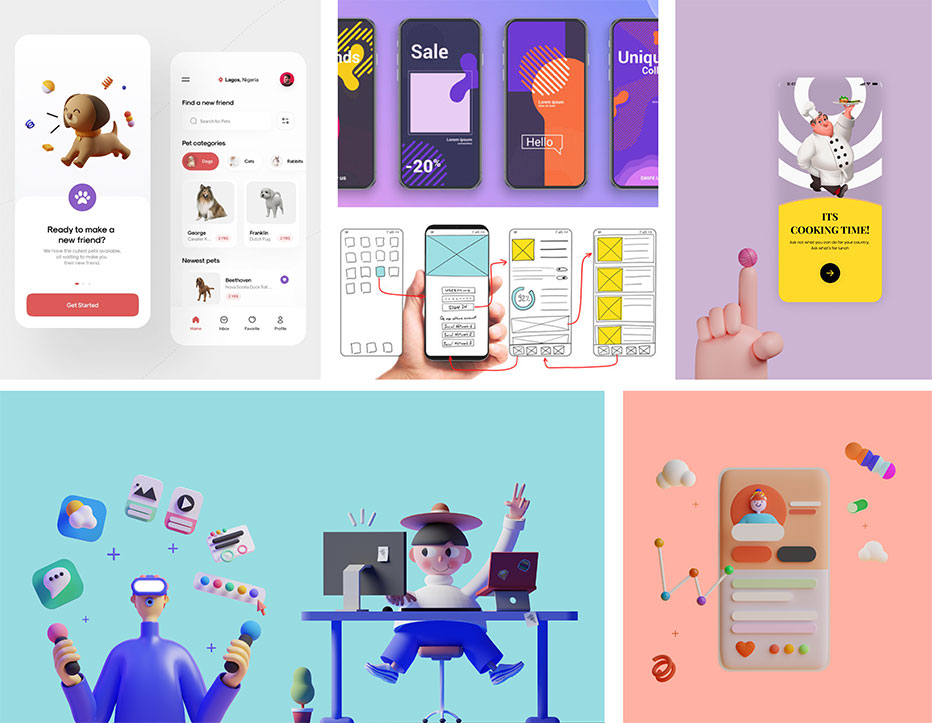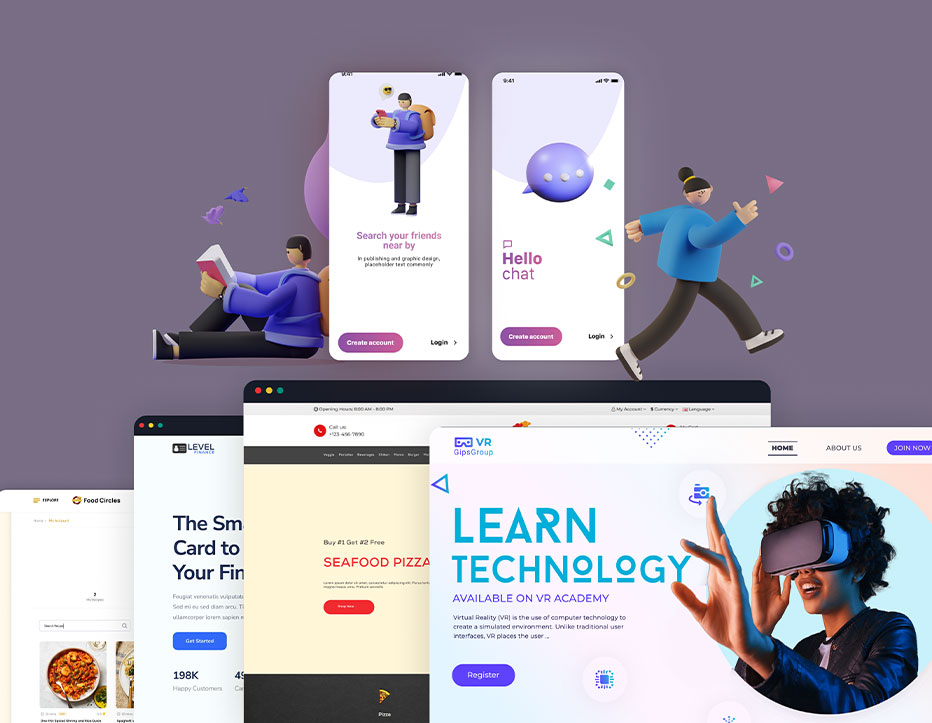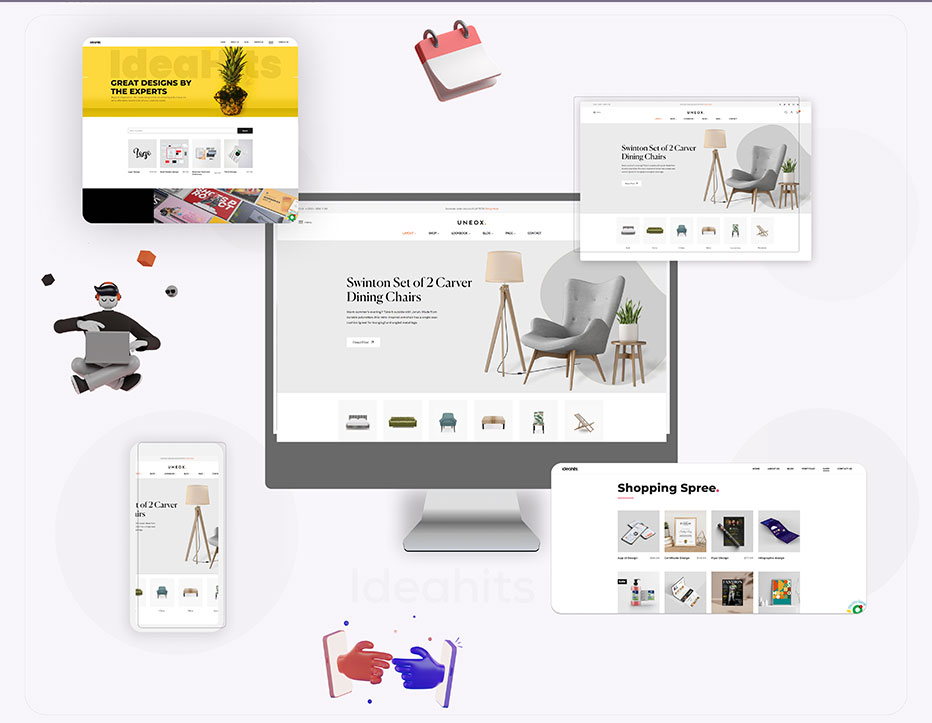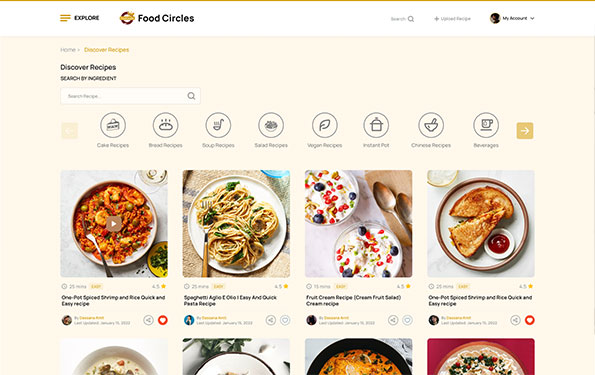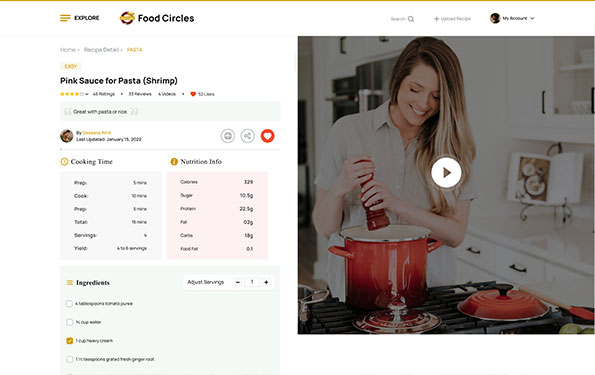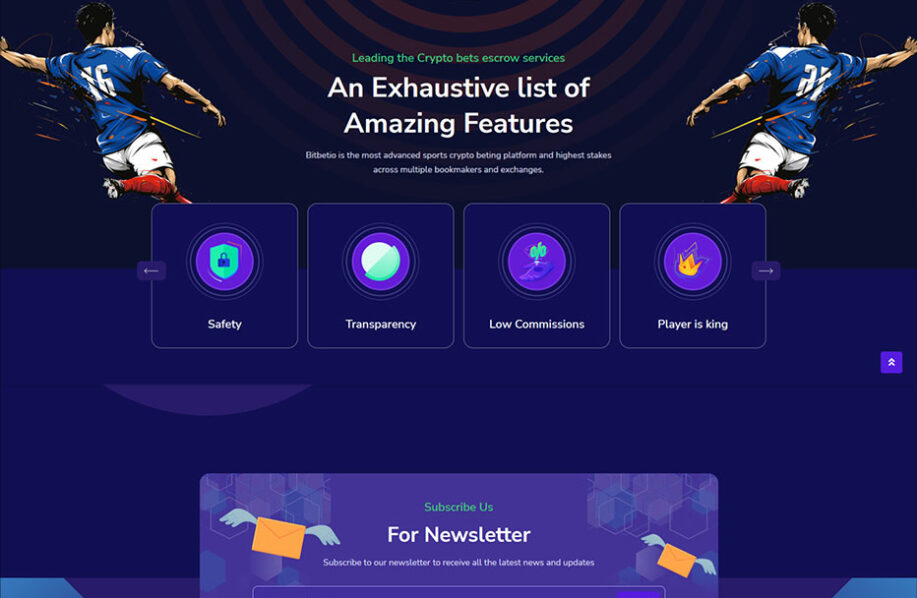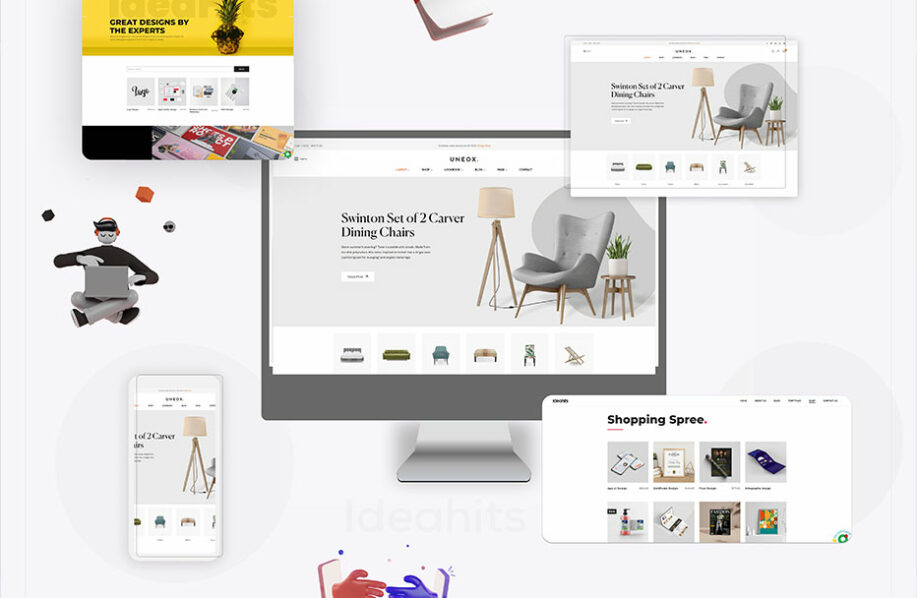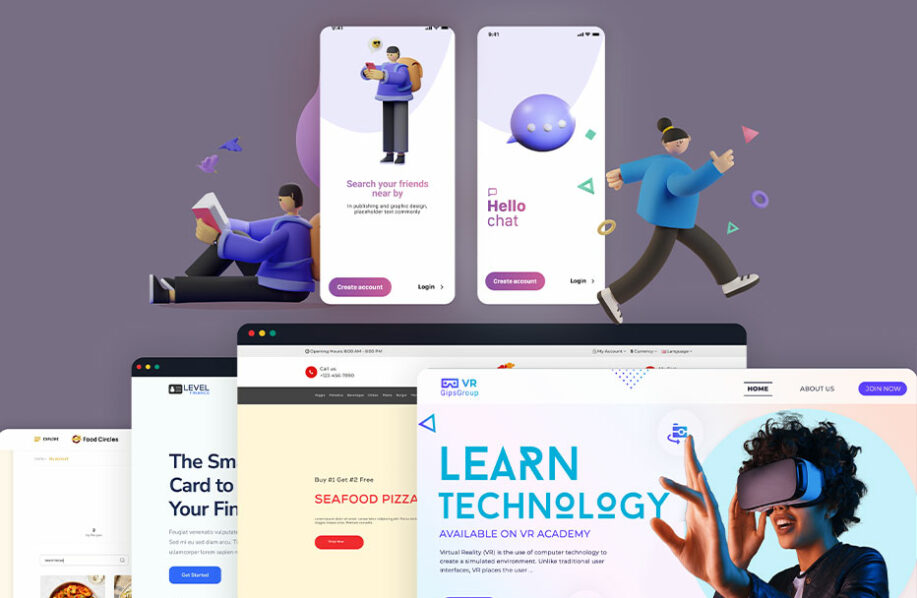How Much Does an Interactive Website Cost?
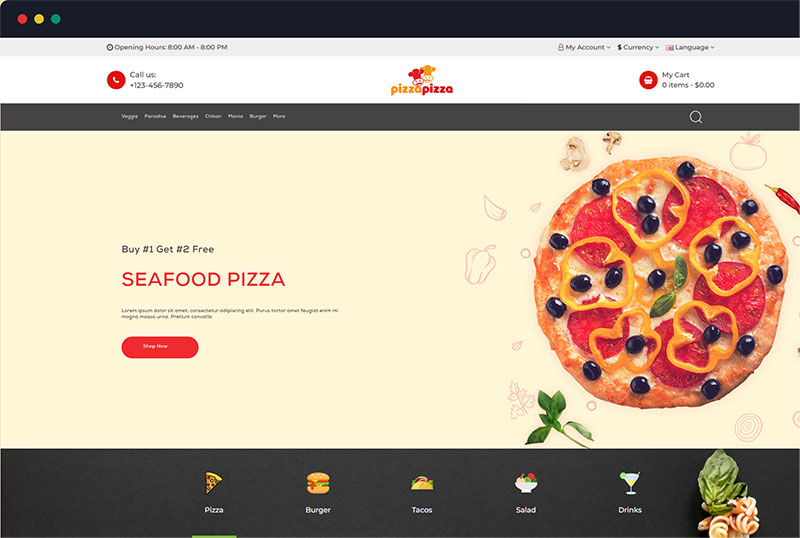
01
Main Home
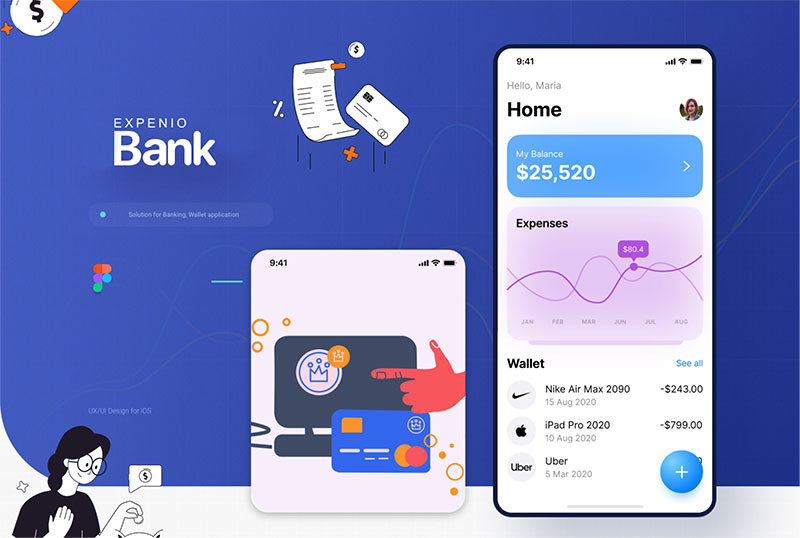
02
Creative Agency
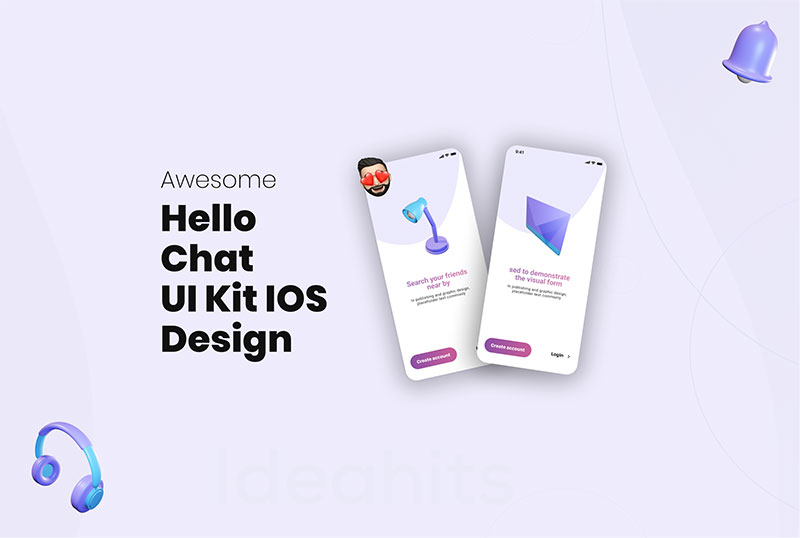
03
Horizontal Portfolio
Interactive Website Design
Interactive website design is an essential aspect of creating a successful online presence. With the vast majority of businesses and organizations having an online presence, it is crucial to make sure that your website stands out from the rest. An interactive website is one that engages and interacts with users, creating a more enjoyable and meaningful experience. The design of such websites should focus on usability, accessibility, and visual appeal. An interactive website design service can provide you with the necessary tools and expertise to create a website that not only looks good but also functions well and engages users.
Cost of Interactive Website
The cost of building a interactive website may vary depending on complexity of the website. However, the cost of an interactive website may range from £35,000 to £100,000.
What is an Interactive Website?
An interactive website is a website that allows users to actively engage and participate in various ways beyond simply consuming information. These websites typically provide features such as forms, quizzes, games, calculators, polls, surveys, chatbots, live chat, forums, and social media integration that enable users to interact with the site, other users, or the website owners.
Interactive websites are designed to enhance user engagement, increase user satisfaction, and provide a more personalized experience. They also allow website owners to gather data on user behavior, preferences, and interests, which can be used to improve the website and provide more relevant content and features.
Examples of interactive websites include online marketplaces, e-commerce sites, social media platforms, educational platforms, news sites, and entertainment sites.
Elements of an Interactive Website
An interactive website is a website that engages and interacts with its users. There are several elements that make a website interactive, including:
User Interface (UI): The user interface is the graphical interface that allows the user to interact with the website. It includes the layout, buttons, menus, forms, and other interactive elements.
User Experience (UX): The user experience refers to how the user interacts with the website and how the website responds to the user’s actions. It includes the website’s design, functionality, and usability.
Navigation: Navigation is the system that allows the user to move around the website. It includes the menu, links, buttons, and other elements that help the user find the information they need.
Feedback: Feedback is the response the website provides to the user’s actions. It can include messages, animations, sounds, and other interactive elements that let the user know what is happening on the website.
Personalization: Personalization allows the website to adapt to the user’s preferences and behavior. It can include personalized recommendations, personalized content, and other features that make the website more relevant to the user.
Social Media Integration: Social media integration allows the website to connect with social media platforms and allows the user to share content on social media. It can include social media buttons, share buttons, and other features that make it easy for the user to share content.
Multimedia Elements: Multimedia elements, such as images, videos, and audio, can make the website more engaging and interactive. They can be used to provide information, showcase products, or provide entertainment.
Overall, an interactive website should provide a seamless experience for the user, making it easy for them to navigate, find information, and interact with the website.
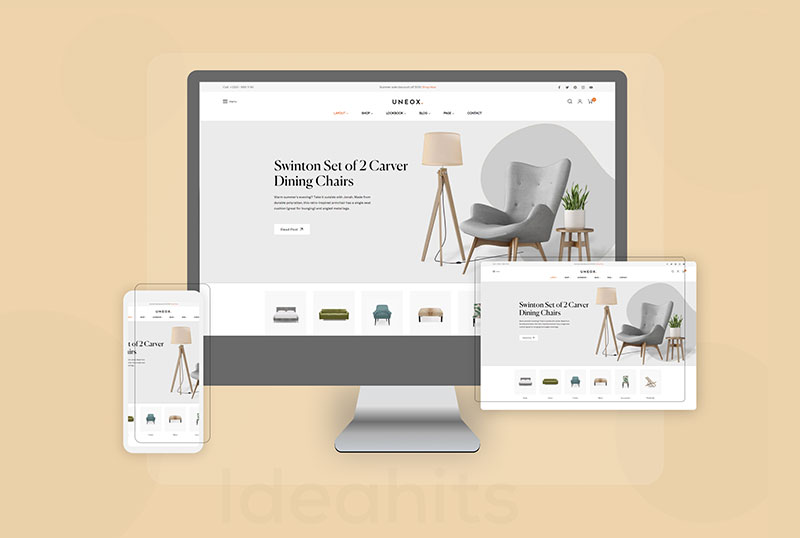
04
Chequered Blog
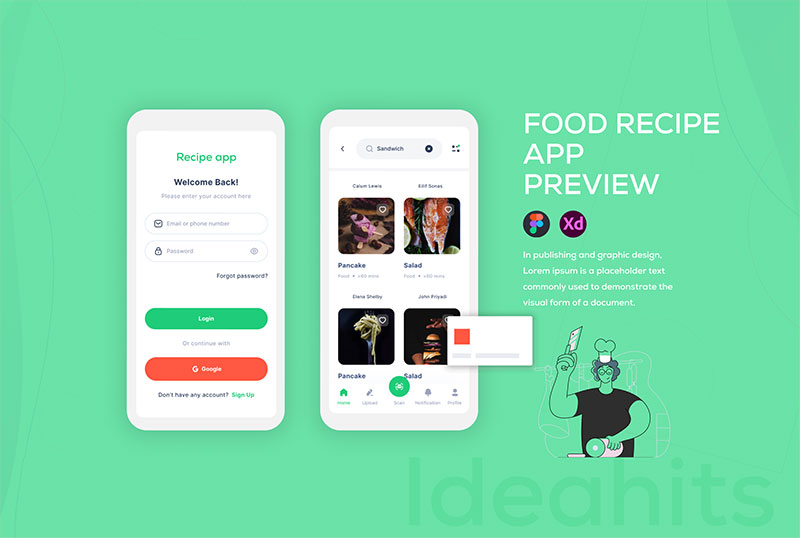
05
Freelancer Home

06
App Showcase
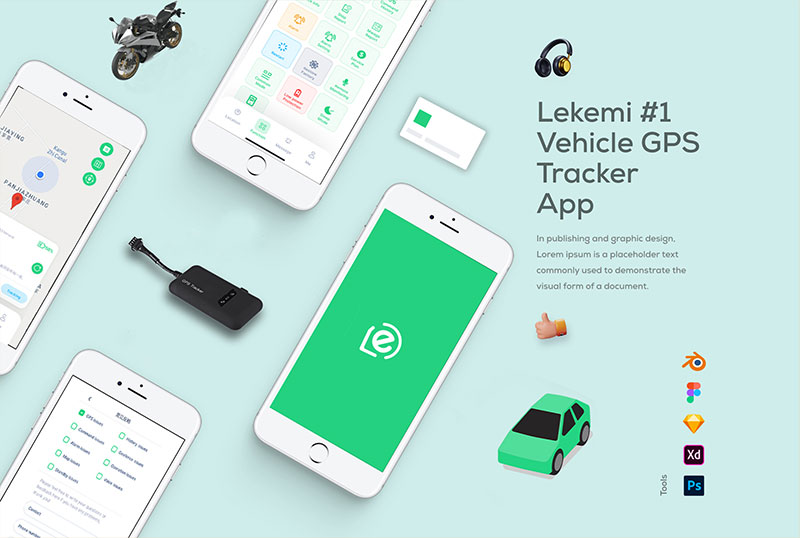
07
Portfolio Masonry
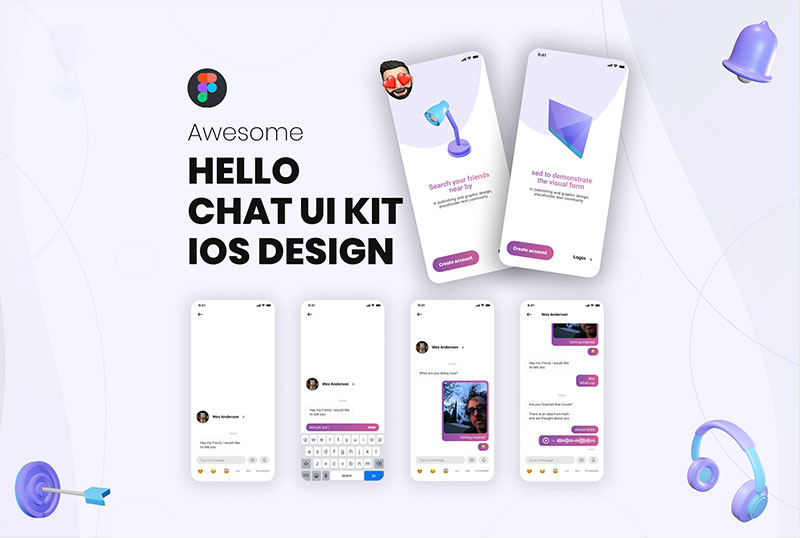
08
Shop Home
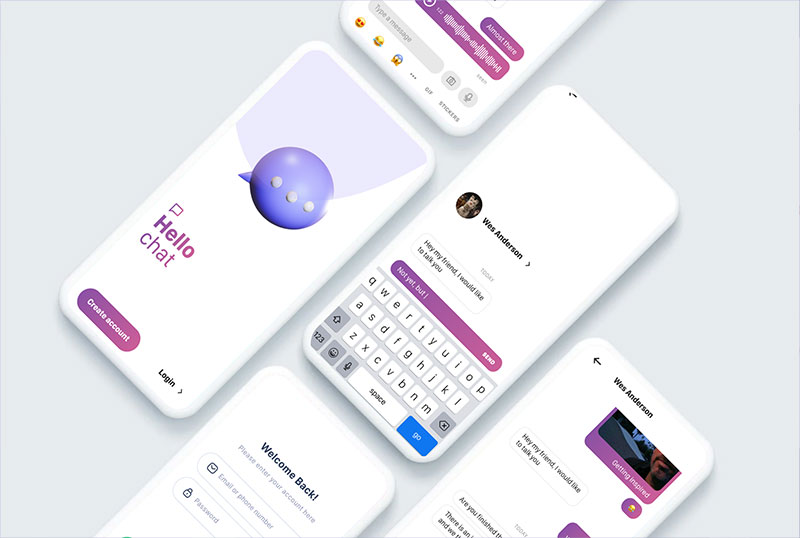
09
Product Showcase
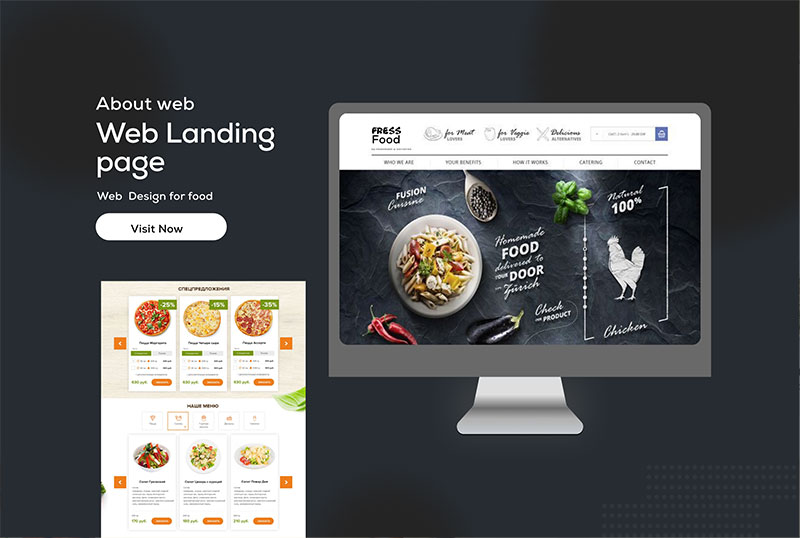
10
Blog Home
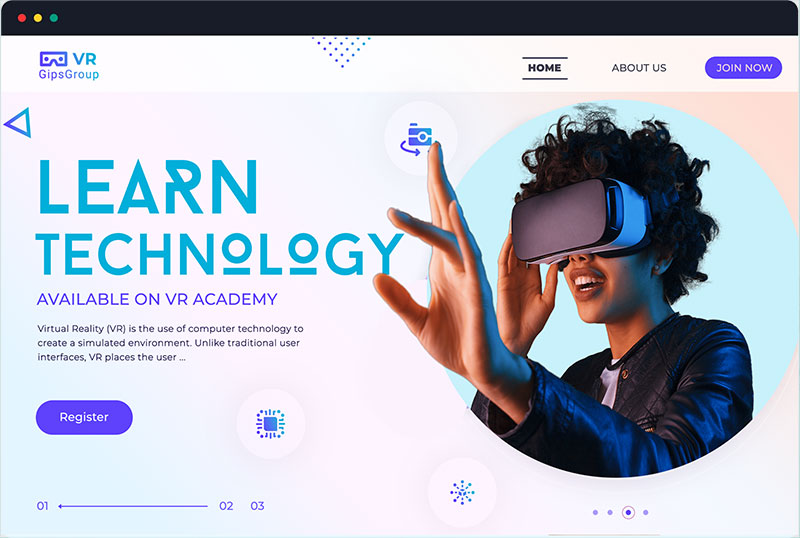
11
Interactive Links
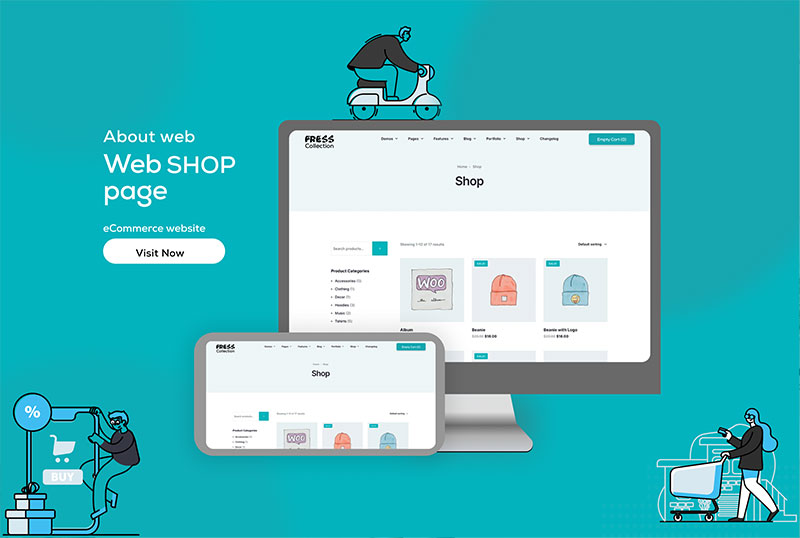
12
Portfolio Carousel
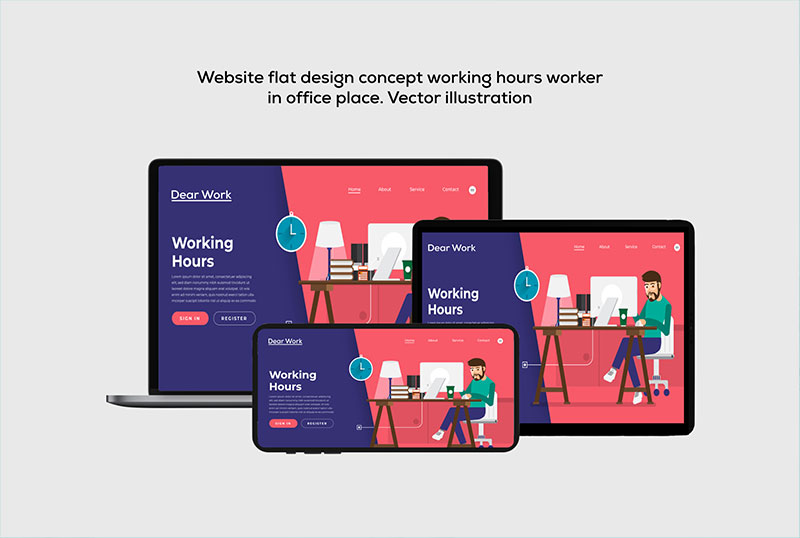
13
Architecture Studio
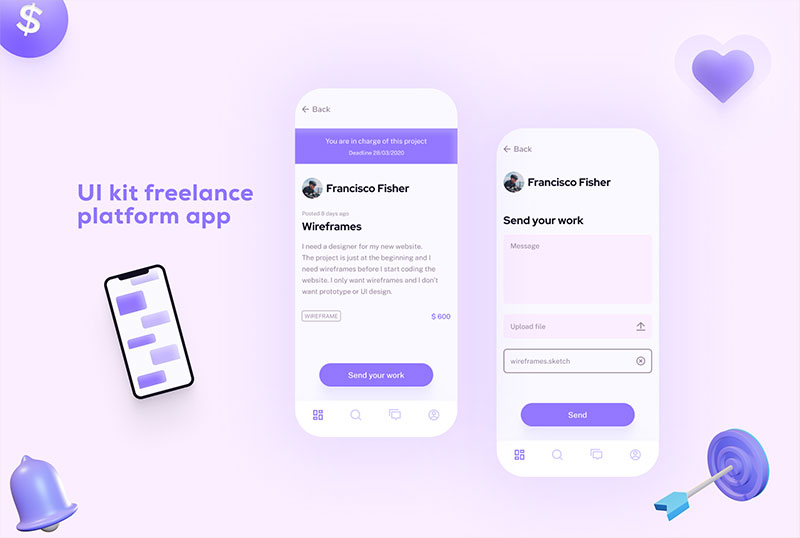
14
Designer Home
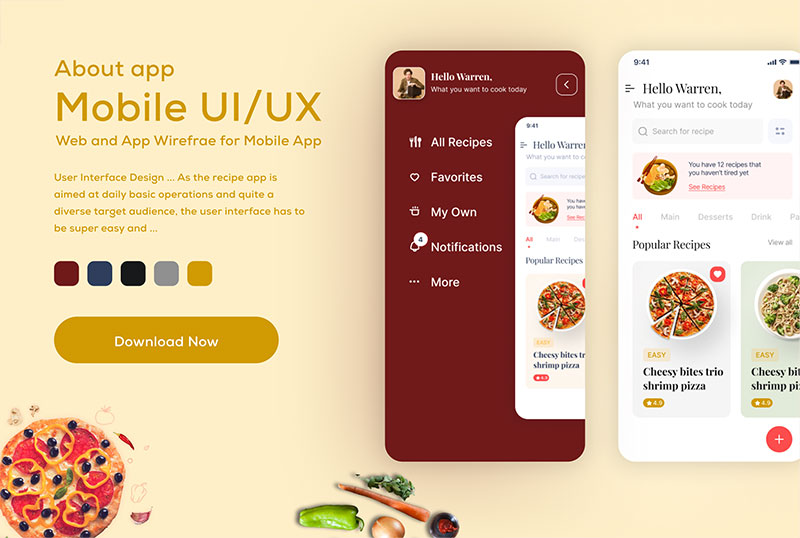
15
Shop Metro
Powerful Design.
